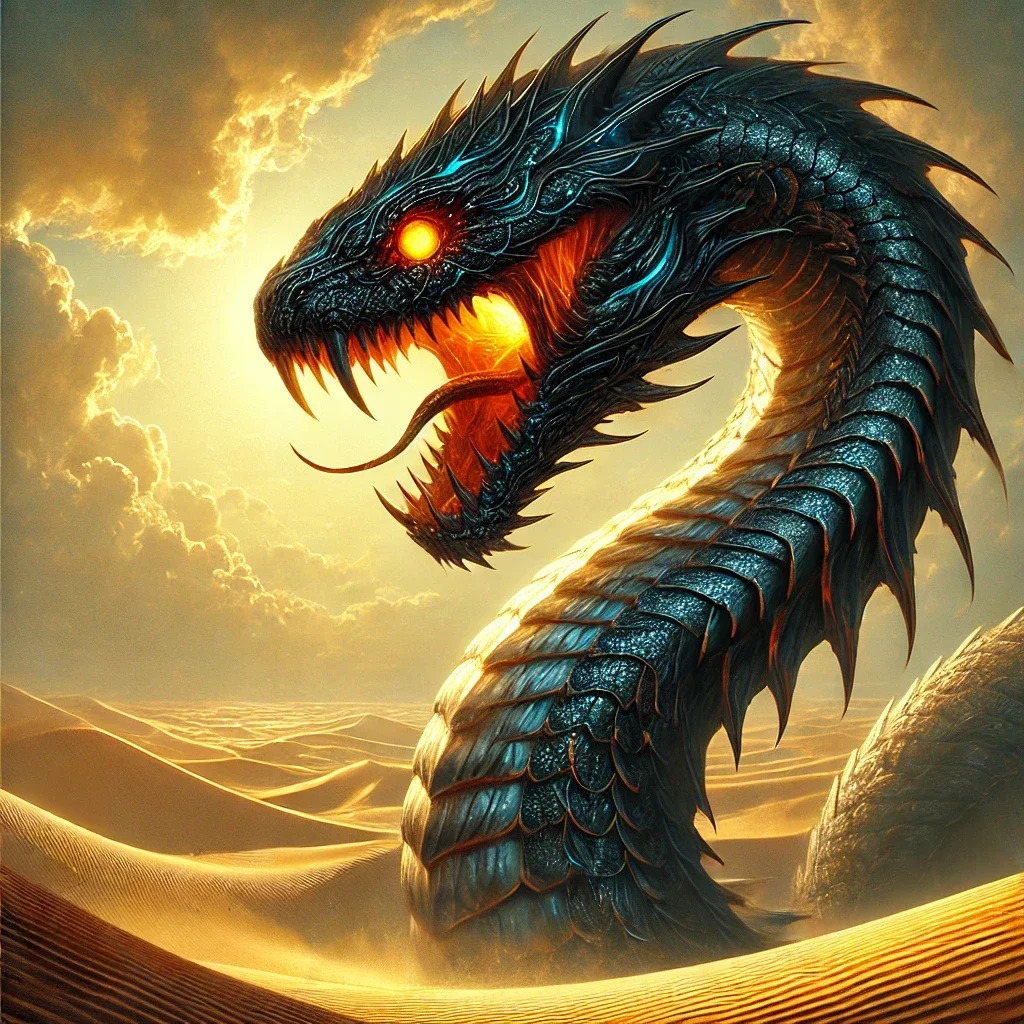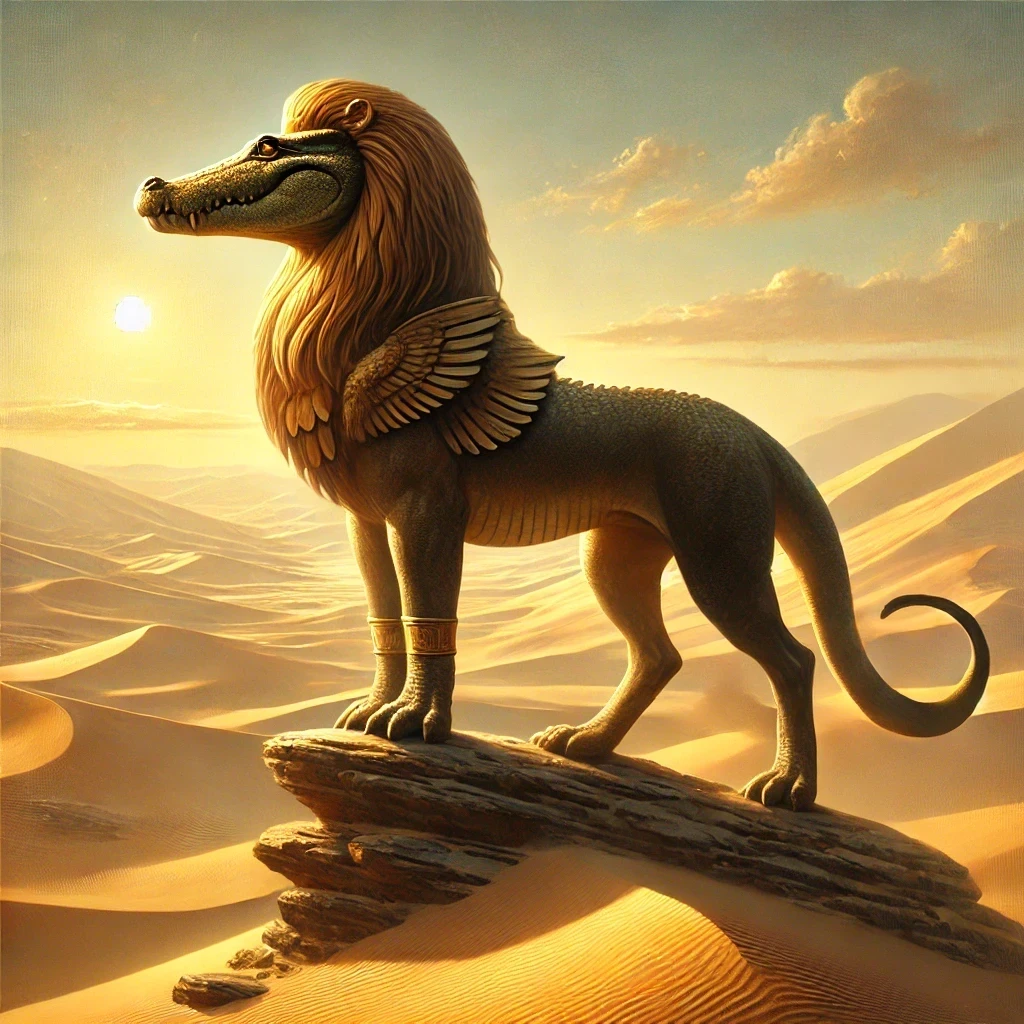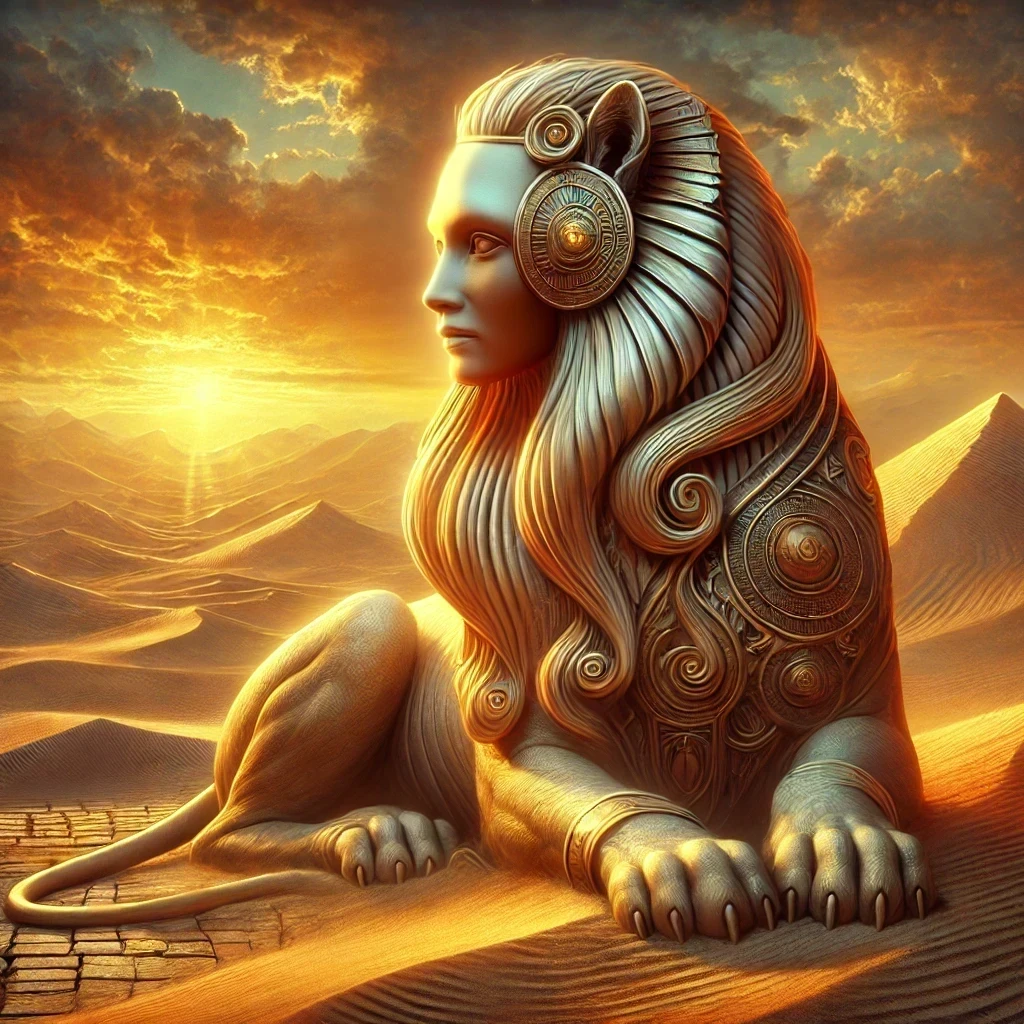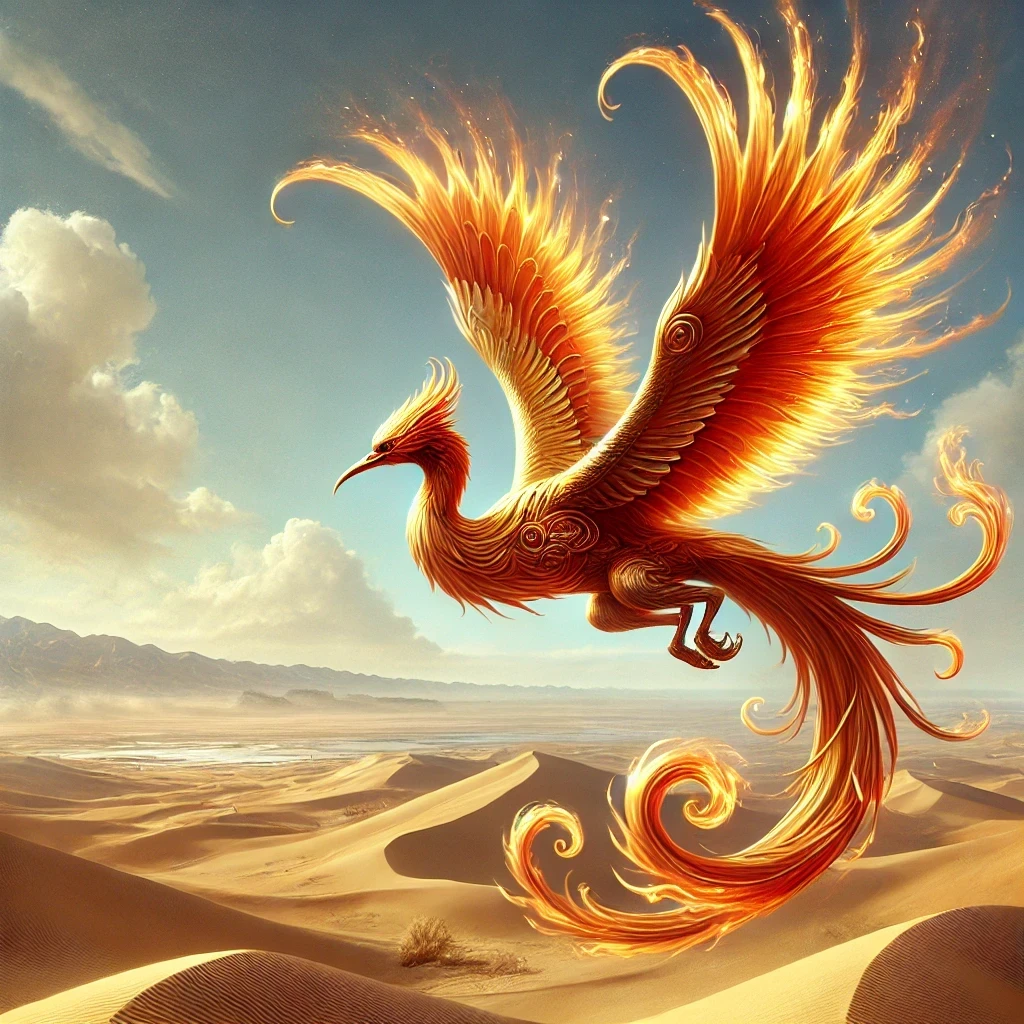Beneath the ancient sands of Egypt lies a tale of a serpent so fearsome and enduring that its shadow still looms over myths and popular imagination today. Known as the great enemy of order, this creature played a pivotal role in the spiritual life of ancient Egyptians, embodying chaos and destruction. The story of this primordial being offers a glimpse into the Egyptian worldview, where balance and harmony were constantly at odds with disorder.
Origins
The roots of this fearsome serpent stretch deep into Egypt’s mythological history, reflecting a culture’s effort to explain the natural and metaphysical world. Known as the enemy of the sun god Ra, this creature represented the cosmic struggle between order and chaos—a theme deeply ingrained in Egyptian belief systems.
Birth in the Primordial Waters
Egyptian mythology identifies the creature’s origins in the chaotic waters of Nun, the primordial abyss from which all creation sprang. Unlike other deities who arose to create and maintain order, this serpent thrived in the boundless disorder, becoming a symbol of everything that opposed Ma’at, the principle of truth, balance, and cosmic order.
Ancient Texts and Iconography
References to the serpent can be found in various religious texts, including the Coffin Texts and the Book of the Dead. These ancient manuscripts detail its confrontations with Ra and its unrelenting attempts to devour the sun, plunging the world into eternal darkness.

Appearance
Descriptions of this serpent vary across texts and temple carvings, but a few consistent features paint a vivid picture of the chaos it embodied.
Form and Size
Typically depicted as an enormous serpent, its length stretched beyond comprehension, symbolizing its vast, all-encompassing power. Some accounts describe it with scales that shimmered like molten metal, a visual reminder of its connection to the underworld’s fiery depths.
Fearsome Features
The creature’s eyes were said to blaze like twin suns, capable of hypnotizing or paralyzing its victims. Its maw, lined with rows of dagger-like teeth, could swallow the sun itself, while its venom was believed to be potent enough to corrupt the Nile’s sacred waters.
Symbolism
In the rich tapestry of Egyptian mythology, this serpent served as more than a mere antagonist. Its role as a symbol was multifaceted, reflecting deep philosophical ideas.
Embodiment of Chaos
The serpent represented Isfet, the principle of chaos and disorder. This made it the antithesis of Ma’at, whose balance and justice sustained the cosmos. The endless battle between the two encapsulated the Egyptians’ understanding of life’s fragility.
The Solar Journey
Each night, as Ra navigated the underworld in his solar barque, he confronted this serpent, who sought to overturn the cycle of day and night. The creature’s defeat at dawn was celebrated as a victory for light and life, reinforcing the Egyptians’ faith in cosmic renewal.
Abilities
The serpent’s formidable abilities were integral to its role as a symbol of chaos. These traits made it a fearsome adversary not only to Ra but to the forces of order as a whole.
Venomous Power
Ancient texts attribute venomous qualities to the creature’s bite, with its poison capable of spreading sickness and decay. This toxic attribute was a metaphor for the corrupting influence of disorder.
Illusions and Hypnosis
Some myths describe the serpent’s ability to create illusions, confusing Ra’s solar barque and leading it astray. Its hypnotic eyes were said to induce paralysis, rendering even gods temporarily helpless.

Tales
The serpent’s legendary status is bolstered by numerous tales, each highlighting its relentless assault on cosmic order.
The Nightly Battle
The most well-known story involves Ra’s nightly journey through the Duat, or underworld. As the sun god’s barque approached the serpent’s domain, the great serpent would attack, coiling around the barque in an attempt to consume it. Assisted by other gods, including Set, Ra would ultimately triumph, ensuring the sun’s rise.
A Tool of Terror
In some stories, the serpent was invoked as a threat against those who defied Ma’at. Priests would recount its wrath to instill reverence for the gods and fear of chaos.
Relationships
The serpent’s role in Egyptian mythology positioned it as a nemesis to various gods, most notably Ra, but it also intersected with other divine figures.
Ra: Eternal Foe
Ra’s nightly battle against the serpent is one of the most enduring narratives in Egyptian mythology. This eternal conflict was more than a myth; it was a ritual reenacted in temple rites to affirm the triumph of light over darkness.
Set: Unlikely Ally
Despite being a god associated with chaos himself, Set’s role as a defender of Ra during the solar journey highlights the nuanced relationships within Egyptian mythology. In these battles, Set would wield a spear or club to fend off the serpent.
Trivia
Delving deeper into the serpent’s mythology reveals intriguing details that add layers to its legacy.
Rituals to Combat Chaos
Priests performed elaborate rituals to aid Ra in his battle, including recitations from the Book of the Dead. These rituals often involved destroying effigies of the serpent, symbolizing the community’s commitment to maintaining order.
Influence on Later Cultures
The serpent’s mythic role as a chaotic force found echoes in other cultures. Its imagery influenced depictions of dragons and serpentine creatures in Mesopotamian and Greco-Roman myths.
Modern Interpretations
Today, the serpent’s story serves as a powerful metaphor in literature and media, representing humanity’s struggle against entropy and existential threats.



